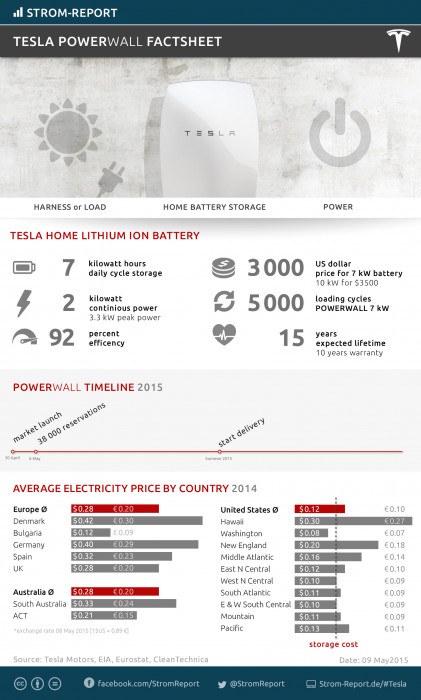In the media: Gabriel promotes Energiewende at G7 energy summit
dpa
“Gabriel wants to convince G7 of Energiewende”
At today’s meeting of G7 energy ministers in Hamburg, the German government hopes to convince other industrialised nations that renewables can be an important contribution to energy supply security, reports German press agency dpa. The ministers discussed the security of Russian gas supplies at last year’s meeting in Rome, German energy minister Sigmar Gabriel told the agency. “This year I want to extend the focus and look at all forms of energy that contribute to sustainable energy security,” Gabriel said. “With my colleagues, the G7 energy ministers, I will talk about our options to achieve a sustainable energy supply and simultaneously remain competitive in the long term.” During their summit on Monday and Tuesday, the ministers will also fly to the North Sea to open an off-shore windfarm.
Read the article in German here.
“A clean plan for coal exit”
Almost half of German lignite power plants could be switched off immediately, according to a study by consultancy Energy Brainpool for Greenpeace. The simulation shows that mothballing 36 old and CO2-intensive plants would not endanger the power supply if Germany imported electricity during times of high demand. “Only in the year 2023, when all nuclear plants are off the grid, around a quarter of the (mothballed plants kept in reserve) would be needed for a few hours per year,” a Greenpeace press release said.
Power prices for private consumers would rise by 0.6 cents per kWh in this scenario, according to Greenpeace. The rise in wholesale power prices would make less CO2-intensive plants – such as gas-fired power stations – profitable again, according to the study. This “coal emergency break” would save 70 million tonnes of CO2 emissions per year within Germany. But because some of the electricity needed in Germany would be generated in neighbouring countries using fossil-fired plants, emissions would only fall by 35 million tonnes per year in the whole of the EU, according to Greenpeace.
Find the study in German here.
Read the Spiegel article about the study in German here.
Süddeutsche Zeitung
“Confusion about nuclear fusion”
Economy and energy minister Sigmar Gabriel is considering stopping funding for the multi-national nuclear fusion generation project Iter, Michael Bauchmüller writes in the Süddeutsche Zeitung. Research reactor Iter is under construction in southern France at a cost of 15 billion euros. If trials are successful, the first commercial fusion reactor could go online in 2050. If Germany's transition to a power system largely based on renewable energy is successful, it will not benefit from the fusion research, because renewables will generate almost all the power it needs by 2050, Gabriel said in the Bundestag. He said Germany had the option to exit the Iter programme in 2017, and said he could see how the money could be better used for other research. But the Ministry of Education and Research claimed shortly afterwards that Germany did not have this option since the Iter project was coordinated and financed by Euratom.
Read the article in German here.
Die Welt
“How wind turbines worsen weather predictions”
The administrative court in Trier has ruled that wind turbines may be placed in the vicinity of weather radars operated by the Deutscher Wetterdienst (DWD) (the German national weather agency), even though windmills can interfere with radar readings. The DWD now fears it won’t be able to predict dangerous weather like hailstorms accurately if wind turbines are erected near its 17 weather radar stations, Daniel Wetzel writes in Die Welt. The German Wind Energy Association BWE welcomed the ruling because space for new wind parks is diminishing, Wetzel says. It is likely that higher courts will have to rule on the dispute between weather forecasters and wind power interests, he concludes.
Read the article in German here.
Strom Report
“Tesla Powerwall: Facts about the Battery System”
Strom Report has published an info-graphic showing in which countries it will be worth installing the new Tesla battery system, considering the electricity price in 2014.
See the infographic and the Strom Report article in English here.


